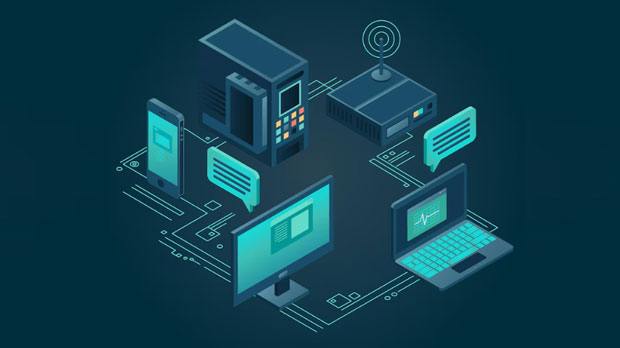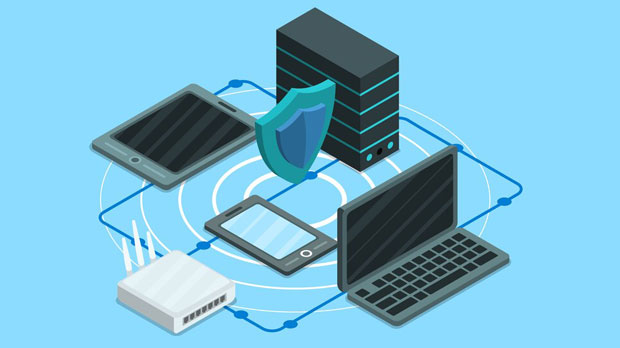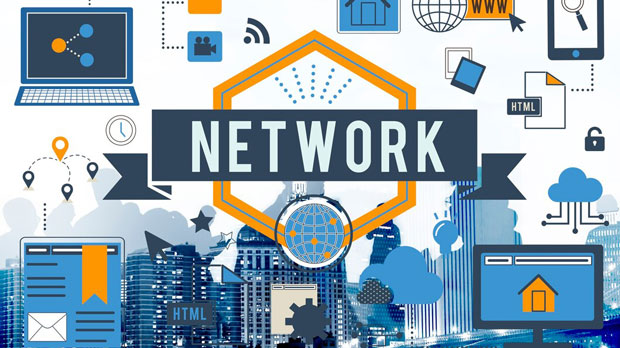In the digital age, businesses are constantly searching for ways to enhance security, protect data, and maintain privacy while ensuring smooth operations across the internet. Two commonly discussed tools in achieving these goals are business proxies and VPNs (Virtual Private Networks). While both provide solutions for online privacy and security, they serve different purposes and function in unique ways. Business proxies mainly act as intermediaries for managing web traffic and controlling access, while VPNs create a secure and encrypted connection between the user and the internet. Understanding the distinctions between business proxies and VPNs is crucial for businesses to determine which solution best fits their needs. This article explores the key differences between these two technologies and provides an in-depth analysis of their uses, benefits, and drawbacks. Understanding Business ProxiesA business proxy is a server that acts as an intermediary between a user’s device and the internet. When users connect to a website through a proxy server, their IP address is masked, and the website only sees the proxy’s IP address. This allows businesses to control and monitor internet traffic, block access to certain websites, and enhance network security.One of the primary functions of business proxies is to allow businesses to manage internet usage by routing traffic through a central point. This gives IT departments control over what employees can and cannot access online, ensuring that network resources are used efficiently and in compliance with company policies. Proxies can also help businesses protect sensitive data by preventing direct connections to potentially harmful sites.There are different types of business proxies, such as forward proxies, reverse proxies, and transparent proxies, each serving a specific purpose. For example, reverse proxies are often used to distribute incoming traffic across multiple servers, improving load balancing and reducing the risk of a single server becoming overwhelmed.What Is a VPN?A Virtual Private Network (VPN) is a service that encrypts a user's internet connection, creating a private and secure tunnel for data to travel through. VPNs are typically used to protect privacy and secure sensitive information by masking the user’s real IP address and replacing it with one from a remote server.VPNs are especially beneficial for businesses that have remote employees or operate in multiple geographical locations. By connecting to a VPN, remote workers can securely access company resources as if they were physically in the office. This is particularly important for protecting data when using public Wi-Fi networks, where the risk of hacking or data interception is high.In addition to encryption, VPNs also provide anonymity by hiding the user’s online activity. This is particularly useful for businesses that require confidentiality in their communications or are concerned about data privacy in countries with restrictive internet regulations.Key Differences Between Business Proxies and VPNsWhile both business proxies and VPNs enhance privacy and security, there are key differences between the two technologies.1. Functionality and PurposeThe primary difference between business proxies and VPNs lies in their functionality. Business proxies mainly act as intermediaries for internet traffic, allowing businesses to control, filter, and route web traffic. They are designed to provide network-level security, monitor user behavior, and restrict access to certain content.On the other hand, a VPN focuses on creating a secure and private connection between the user and the internet by encrypting all data. While both tools can mask a user’s IP address, the VPN goes a step further by securing all online activities, making it ideal for protecting sensitive data and ensuring privacy during communication.2. Security and EncryptionBusiness proxies do not provide encryption, which means that while they can hide the user's IP address and monitor traffic, they do not protect the data being sent. This lack of encryption makes proxies less secure compared to VPNs, especially when handling sensitive or confidential information.VPNs, on the other hand, offer encryption, ensuring that data is transmitted securely. The encryption protects sensitive information from being intercepted or accessed by unauthorized third parties. This makes VPNs the better choice for businesses that need to secure their data and communications.3. Access ControlBusiness proxies allow businesses to control which websites and resources employees can access. By routing traffic through a proxy server, IT departments can block access to specific sites, limit internet usage, and monitor browsing activity. This level of control makes proxies a useful tool for businesses that need to enforce internet usage policies and prevent distractions during working hours.VPNs, on the other hand, do not offer this level of control. While VPNs can route all traffic through a secure tunnel, they do not typically provide tools to block access to websites or monitor user behavior. VPNs are more focused on ensuring privacy and security, rather than managing internet usage.4. Performance and SpeedBecause business proxies do not encrypt data, they generally provide faster internet speeds compared to VPNs. Proxies only redirect traffic, without the overhead of encryption and decryption, making them more efficient for tasks such as web scraping, browsing, or accessing region-locked content.VPNs, due to the encryption process, tend to reduce internet speeds slightly. The degree of slowdown depends on factors such as the VPN service provider, the distance between the user and the VPN server, and the level of encryption used. However, the security and privacy benefits of a VPN often outweigh the minor performance trade-off.5. Use CasesThe choice between a business proxy and a VPN depends on the specific needs of the business.- Business proxies are ideal for situations where companies need to manage and control internet access, such as restricting access to certain websites or ensuring that employees use internet resources appropriately. They are also useful for tasks like improving network performance, load balancing, and caching content.- VPNs are best for businesses that need to secure communication channels, protect sensitive data, and ensure privacy. VPNs are particularly useful for remote employees or businesses operating in regions where internet censorship or surveillance is a concern. They are also critical for protecting data when accessing public Wi-Fi networks.Which Should You Choose?The decision to use a business proxy or a VPN depends on the specific requirements of your business. If your primary concern is internet access control, monitoring, and filtering, a business proxy might be the right solution. However, if you need to ensure secure communication, data privacy, and protection from cyber threats, a VPN is likely the better choice.For many businesses, a combination of both solutions may be ideal. By using business proxies for internet access control and VPNs for secure communication, companies can enjoy the benefits of both technologies and address a wide range of security and privacy concerns.In conclusion, while both business proxies and VPNs are essential tools for securing online activities and protecting sensitive data, they differ significantly in terms of functionality, security, and use cases. Business proxies excel at controlling and monitoring internet traffic, while VPNs provide strong encryption and privacy protection. By understanding the differences between these two technologies, businesses can make an informed decision about which solution best fits their needs, ensuring optimal security, privacy, and network performance.
May 16, 2025



































































